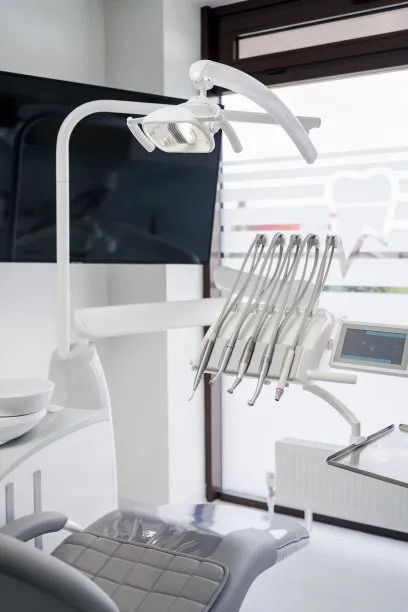The Essential Guide to Extracting a Tooth Safely and Effectively for a Pain-Free Experience
Summary: Extracting a tooth can often be a daunting process, but with the right guidance and precautions, it can be accomplished safely and effectively. This article outlines essential procedures and tips for ensuring a pain-free tooth extraction experience. It begins by discussing the importance of consulting a professional, covers pre-extraction preparations, and delves into post-extraction care. Furthermore, it emphasizes the significance of choosing the right environment and tools for extraction. By following these guidelines, individuals can minimize anxiety and discomfort, leading to a smoother experience overall.
1. Importance of Professional Consultation

Before considering tooth extraction, the most important step is to consult with a qualified dental professional. Dentists possess the necessary training and experience to evaluate the condition of your teeth and the underlying issues that may necessitate extraction. A thorough examination can reveal whether extraction is truly needed or if alternative treatments are available.
Moreover, a dentist can provide insight into the potential risks and benefits associated with the procedure. They will assess the specific tooth that needs to be extracted and create an appropriate treatment plan tailored to your individual situation. Understanding these factors can significantly reduce the stress and anxiety linked to tooth extraction.
Lastly, professional consultations can help set realistic expectations regarding recovery time and pain management. By openly discussing your concerns with a dentist, you can approach the extraction procedure with greater confidence.
2. Pre-Extraction Preparations You Should Know
Once you have confirmed that a tooth extraction is necessary, it is crucial to prepare adequately for the procedure. This begins with gathering all necessary medical history and current medications you are taking. Providing this information to your dentist helps them anticipate any possible complications and to personalize the treatment plan accordingly.
Another essential preparation step is to arrange your schedule post-extraction. Many patients may need a day or two off work or school to allow for proper recovery. Having a supportive caregiver or family member to assist you on the day of the extraction is also advisable, ensuring that you have the proper support during recovery.
Last but not least, make sure to follow your dentists guidelines regarding food and drink prior to the procedure. For instance, fasting before sedation can prevent complications and lead to a more comfortable experience.
3. The Extraction Process: What to Expect
Understanding what happens during the extraction process can significantly alleviate anxiety. Typically, the dentist will first numb the area with local anesthesia to ensure you feel no pain during the procedure. Some cases may require sedation, depending on the complexity of the extraction.
Once youre numbed, the dentist will use specialized instruments to loosen and remove the tooth. Although you may feel some pressure, you shouldn’t experience pain if everything is done correctly. Keeping a communication line open with your dentist is vital; dont hesitate to express any discomfort.
After the tooth is removed, the dentist will provide additional treatment if needed, such as stitches or medicated gauze to help with bleeding. Its essential to follow any instructions provided during this stage to ensure a smooth recovery process.
4. Post-Extraction Care for a Successful Recovery
The care you take after tooth extraction plays a critical role in recovery. Following the procedure, it’s important to keep the extraction site clean to reduce the risk of infection. Your dentist will likely recommend rinsing with a prescribed antiseptic mouthwash or a saltwater solution to help keep the area clean.
Pain management is another significant aspect of post-extraction care. Follow your dentists recommendations for pain relief, which may include over-the-counter options or prescription medications. Using cold compresses on the outside of your cheek can also help lessen swelling and discomfort.
Finally, be mindful of your diet after the extraction. Initial meals should consist of soft foods, avoiding anything crunchy or hard that could disrupt the healing area. Staying hydrated while avoiding straws—which can cause dry socket—is vital during this recovery period.
Summary:
In summary, a successful tooth extraction hinges on several vital factors, including professional consultation, comprehensive pre-extraction preparation, understanding the extraction process itself, and diligent post-extraction care. Each of these areas contributes to not only a smoother experience but also a healthful recovery.
By adhering to these guidelines, patients can greatly reduce anxiety and discomfort associated with tooth extraction. Engaging with professional dental care ensures the best outcomes for both the procedure and recovery.
This article is compiled by Vickong Dental and the content is for reference only



